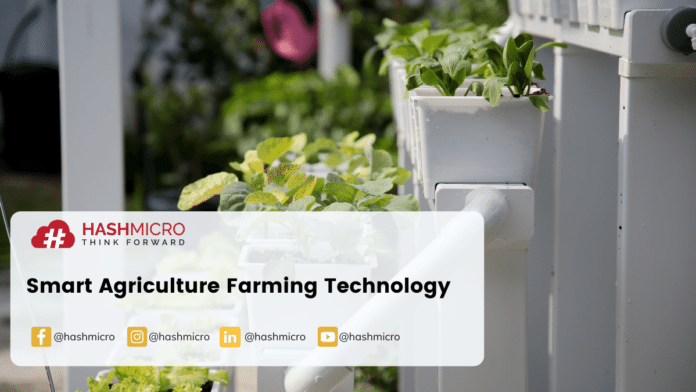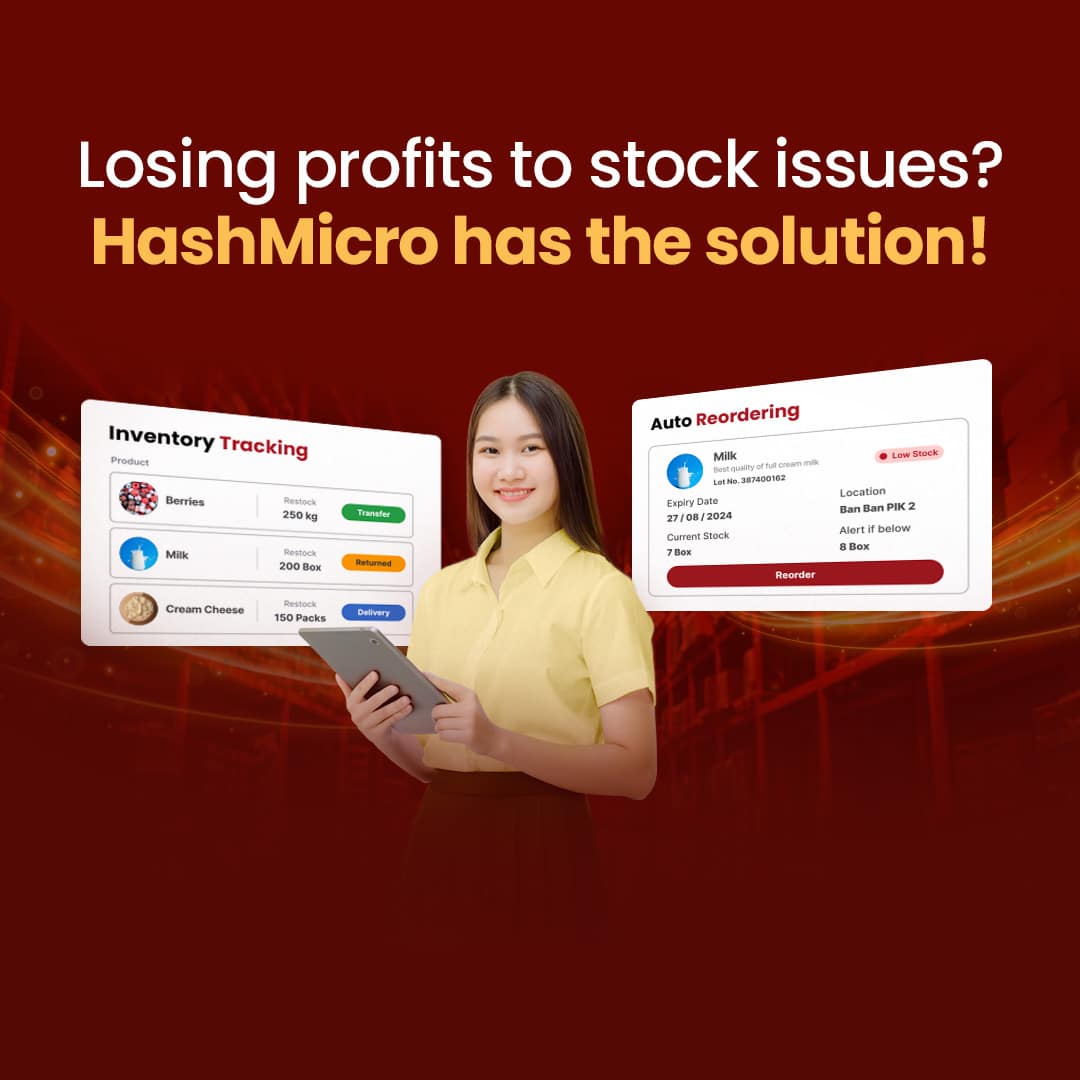The world is constantly facing the danger of hunger which could affect over 800 million individuals. The research found that 8% of the world’s population will still be malnourished by 2030. For those who run agriculture farming, applying inventory management which is able to optimize stock management would be beneficial.
The move might help the locals to be secure in their life necessities. Not only that, a good inventory software could manage the inventory in multiple locations. Regardless, to overcome the possible difficulties, governments, investors, and novel agricultural technologies must work together.
Agriculture 4.0 will no longer rely on uniformly administering water, fertilizer, and pesticides across entire fields. Instead, farmers are needed to boost their work with the help of technology. Robots, temperature and moisture sensors, aerial photographs, and GPS will be used in future agriculture farming.
The technology talked about including automation such as a reliable inventory management system. Agriculture farming which includes the act of automation from inventory software is more likely to have rapid growth. Nonetheless, these modern technologies and robotic systems will enable farms to be more profitable, efficient, safe, and ecologically friendly.
Table of Content:
Table of Content

Technology in Modern Farming
As Agriculture 4.0 approaches, some major agriculture farming innovations are slowly coming up to the surface. These technologies are brought to the farmers in a hope of giving a better opportunity for farms to grow.
Indoor Vertical Farming
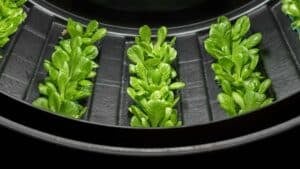
One of the innovations in smart agriculture farming is indoor vertical farming. Indoor vertical farming can boost crop yields, overcome restricted land area, and even lessen farming’s environmental effect by shortening the supply chain. Indoor vertical farming is the process of growing vegetables stacked one on top of the other in a confined, regulated environment.
When compared to traditional farming methods, using vertically placed growing shelves considerably reduces the amount of ground space required to cultivate plants. Because of its propensity to survive in small spaces, this style of growth is frequently connected with city and urban farming. Vertical farms are distinct in that some configurations do not require soil for plant growth.
Farm Automation
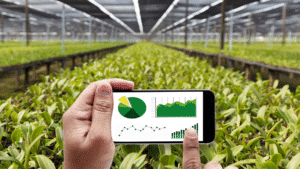
Farm automation, sometimes known as “smart farming,” is a type of technology that makes farms more efficient by automating the crop or livestock production cycle. A growing number of companies are working on robotics innovation to create drones, self-driving tractors, robotic harvesters, automatic watering systems, and seeding robots. Despite the fact that these technologies are relatively new, an increasing number of traditional agriculture enterprises are incorporating farm automation into their operations.
Farm automation also include the inventory management software. The fundamental purpose of agricultural automation technologies is to automate simple, routine chores. Farm automation technology handles important concerns such as worldwide population growth, labor shortages on farms, and shifting consumer demands. The advantages of automating traditional farming processes are enormous, addressing concerns such as consumer preferences, labor shortages, and farming’s environmental footprint. Learn more about the inventory software pricing scheme calculations here.
Livestock Farming Technology
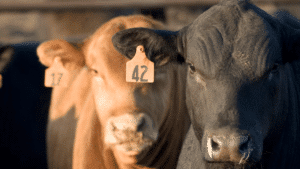
The traditional livestock industry is generally prone to neglectfulness, while being possibly the most important. Livestock supplies vital renewable natural resources on which humans rely every day. Traditionally, livestock management has been defined as the operation of poultry farms, dairy farms, cattle ranches, or other livestock-related agribusinesses. Livestock managers must keep correct financial records, monitor employees, and ensure adequate animal care and feeding.
With the appearance of ERP in the business, all the issues could be covered. For example, the application of an inventory management system which able to forecast inventory requirements.
Moreover, current trends show that technology is transforming the field of cattle management. In the last 8-10 years, new developments have brought significant changes to the sector, making tracking and controlling cattle much easier and data-driven. Nutritional technologies, genetics, digital technology, and other forms of technology may be used.
Livestock technology can increase or improve animal and livestock productivity, welfare, and management. The ‘connected cow’ concept arose as more dairy herds were outfitted with sensors to monitor health and boost productivity. Individual wearable sensors placed on cattle can monitor daily activity and health issues while offering data-driven insights for the entire herd. All of this data is being transformed into useful, actionable insights that producers can use to make timely management decisions.
Also read: Overcoming Agriculture Traceability with Supply Chain Management
Modern Greenhouses
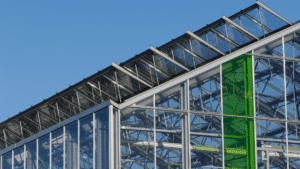
Nowadays, the greenhouse sector is thriving like never before, thanks in large part to amazing recent advances in growing technology. Large-scale, capital-infused, and urban-centered greenhouses are progressively appearing today. As the business has expanded rapidly, there have been evident patterns in recent years.
Modern greenhouses are becoming increasingly technologically advanced, with LED lights and computerized control systems used to precisely adapt the growing environment. To capitalize on the ever-increasing demand for local food, successful greenhouse companies are ramping up and locating their growing operations near metropolitan centres.
To achieve these achievements, the greenhouse business is also becoming more capital-infused, utilizing venture capital and other sources to build out the infrastructure required to compete in the present market.
Precision Agriculture
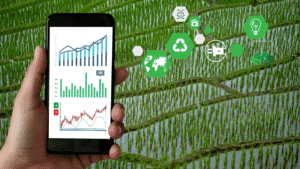
Agriculture is changing; technology is becoming an essential component of every commercial farm. Precision agriculture businesses are developing technologies that will allow farmers to maximize yields by managing every variable of crop cultivation, such as moisture levels, pest stress, soil conditions, and micro-climates.
Precision agriculture enables farmers to boost efficiency and minimize expenses by providing more precise strategies for planting and growing crops.
Agriculture firms with this type have discovered a significant possibility for growth. According to Grand View Research, Inc., the precision agriculture business will be worth $43.4 billion by 2025. The burgeoning new generation of farmers is drawn to speedier, more adaptable companies that methodically maximize crop production.
Blockchain

The use of blockchain’s potential to keep ownership records and resist tampering is promising to overcome important concerns in the present food system such as food fraud, safety recalls, supply chain inefficiency, and food traceability. Blockchain’s unique decentralized structure provides verified items and methods, resulting in a transparent market for premium products.
Food traceability is essential for the food supply chain. Moreover, some participating parties are still monitoring information on paper, and that makes traceability a time-consuming effort. The blockchain structure ensures that each stakeholder throughout the food value chain generates and securely shares data points, resulting in a responsible and traceable system.
A quick recording of large amounts of data with labels indicating is possible without modification. As a result, real-time tracking of the route of a food item from the farm to the table is also possible.
Blockchain applications in food go beyond protecting food safety. It also adds value to the current market by creating a network ledger and balancing market pricing. The traditional price process for buying and selling is based on the judgments of the parties involved, rather than the information provided by the full value chain.
Giving people access to data would result in a more complete picture of supply and demand. The blockchain application for trades has the potential to transform traditional commodities trading and hedging. Safe distribution of transactions within every party in the food supply chain is possible because of Blockchain. Therefore, it gives the appearance of an extremely transparent marketplace.
Differences between Traditional and Smart Farming
Using robotics in agriculture farming and other smart farming techniques has various advantages over traditional farming methods. Among the advantages is better control over production operations, which improves cost management and lowers waste formation. Furthermore, smart farming facilitates the detection of anomalies in crop growth and livestock health through the use of innovative agricultural technologies.
One of the things that is significant for the growth of smart farming is centralized data. An application of a good inventory management software could handle data in one digital place. Different from traditional farming, this feature could help with collaboration better if compared to the old manual data management.
Conclusion
After learning about what is ‘smart farming’, we assume you understand what are the benefits of it. Agriculture farming that involves the application of these technologies would be able to achieve growth quicker than traditional farming. Moreover, the application of inventory management software could help farmers to do better in their stock or data management.
HashMicro provides the best inventory management software for many industries, including agriculture. We will make sure you only get the best ERP Software experience! Learn about the software pricing scheme calculations beforehand to get an effective offer and try out the free demo here.





